One thing we never hear a customer say is, “I like it but I wish it was heavier”. We are united in the pursuit of lightweight gear, and what a fun pursuit it is! Whether you’re counting grams or counting ounces, this quick guide has everything you need to make the right choice on what is often the single heaviest thing you will carry with you: your tent.
Your first decision is the one that will have the most consequence: Should your tent be free standing or semi free standing?
What is a free standing tent?
Free standing tents do exactly what their name suggests: they stand on their own. A free standing tent can hold its shape on its own without needing to be staked out. A free standing tent receives all the support it needs from the tent fabric and included tent poles. A free standing tent will likely include stakes and guy lines, but they do not contribute to the structure of the tent.
My favorite way to determine if a tent is free standing (and, something I just really like doing with ultralight tents in general) is this: grab the tent by its tent poles, lift it, and turn it upside down. Is it the same shape upside down as it was on the ground? That, my friend, is a free standing tent.
HERE is our collection of free standing tents for you to check out.
The everyday camper might read the description of a freestanding tent and think, “That sounds like almost every tent I’ve ever used”. And, that would be true! The vast majority of tents are free standing UNTIL you wade into the waters of ultralight tents. There, you’ll meet your first semi free standing tents. Say hi!
The everyday camper might read the description of a freestanding tent and think, “That sounds like almost every tent I’ve ever used”. And, that would be true! The vast majority of tents are free standing UNTIL you wade into the waters of ultralight tents. There, you’ll meet your first semi free standing tents. Say hi!
What is a semi free standing tent?
Semi free standing tents use tent poles to support the majority of the tent body, but require the use of stakes in order for the tent to reach its full size. That means that for a semi free standing tent, stakes are not optional. Without stakes your tent walls will sag excessively and your tent will not be a safe shelter to withstand the elements in (until it is properly staked, of course). The reason to endure staking as a necessity is that you’ll save a ton of weight. Semi free standing tents are ounces, and even up to pounds, lighter than a similar free standing tent.
Most semi-free standing tents are designed to use one or maybe two total tent poles that support most of the structure. The tent poles will create the ridgeline of the tent, with the fabric falling away loosely from the high point. Stakes and guy lines are used to tension the tent walls which helps the tent achieve its final shape.
How to choose?
I had to make this choice myself when preparing to bikepack the Colorado Trail. I was choosing between a freestanding Big Agnes Copper Spur and a semi freestanding Fly Creek. My main decision factor was comfort, which led me to choose the free standing Copper Spur UL1. Here’s how I thought about that decision:
Benefits of a free standing tent
After riding (mostly pushing) a heavy bikepacking bike all day long, I wanted camp to be as simple and comfortable as possible. Comfort is one of the main benefits you can enjoy in a free standing tent. The Copper Spur UL has vertical tent walls which means I could sit up and move around unimpeded. That was all I needed to hear. I did not want to be cramped against wet tent walls, while waiting out classic Colorado thunderstorms. Rather, I wanted to spread out and be comfortable.
I still love that tent because it’s easy to set up. Six total sections of ultralight DAC poles come together to create the structure, and the tent fabric clips neatly into the poles. Easy and secure! MY second favorite benefit is that if I need to move the tent for any reason, I just grab it and move it! I’m notorious for trying to find the ultimate spot and that often takes me a few tries. Semi-freestanding tents are easy to move around.
I also have a confession to make: I have never never fully staked down that tent. I subscribe to the “throw a few heavy things in each corner” philosophy and so far it has not let me down.
I still have, use, and love that tent, but the full story is that I probably made the wrong decision for the trip I was planning.
Why choose a semi free standing tent?
A few days into my trip, I knew my gear was way too heavy. My bike and gear together were nearly 70 lbs and I was pushing the bike uphill for as much time as I was riding it. I would have done anything to drop a few pounds, and a semi free standing tent would have done the trick. The decision to go semi free standing saves more weight than almost any other optimization you can reasonably make. And, all you have to do is stake your tent.
The semi free standing tents are lighter and pack smaller than free standing equivalents. Most semi free standing tents achieve this by using less tent material and fewer tent poles to create the structure. Since you likely have stakes no matter the tent choice, there's no additional weight you are carrying to execute this strategy.
Next time around, I’m going semi free standing. Setting up camp can and should be a leisurely activity. Most days, what else are you going to do? Take your time, stake your tent, save the weight. The only way to go lighter is to forgo a tent altogether. That’s a little too hardcore for me.
HERE is our collection of semi free standing tents.
Do I need a tent footprint?
Many subscribe to the philosophy of ultralight. At Alpenglow, we’re believers in “ultralight and a good time.” If being comfortable in a freestanding tent is your idea of a good time, we totally support that. If moving fast and traveling light sounds like a good time to you, we support that too. We want to help you save weight AND have a good time.
The number one accessory you’ll need to have a good time is a tent footprint. A footprint delivers the protection and confidence to place your tent (just about) anywhere! Tent footprints prevent tearing your tent fabric and add another waterproof membrane between you and the ground.
Since you’ve saved so much weight with your tent choice, you can afford to bring a tent footprint. We have a dedicated collection of tent footprints for almost every tent we sell, so make sure to add one to your cart!
The fast fly technique
A footprint also makes possible our favorite trick for ultralight days in the Sierras: The fast fly. “Cowboy camping” is camping without a tent or bivvy altogether and the fast fly is one step up from that. A fast fly setup allows you to leave the body of your tent at home while still having weather protection.
A fast fly setup uses your footprint, tent poles, and rain fly to create a tent with no walls! You assemble your tent poles and plug them into your tent footprint. Then you cover the poles with your rain fly and also tie those into the footprint. Now you have protection from clouds above and moisture below. This works best when using the recommended poles from your tent manufacturer.
What our customers are using
Alpenglow Sports is an official resupply location for the Pacific Crest Trail and Tahoe Rim Trail. This means that we see dozens of backpackers per week and it's our pleasure to hear their stories. The "front of the pack" PCT hikers are generally using semi freestanding tents or more minimalist setups like bivvy bags and tarps. Bikepackers are also favoring semi freestanding kits as space comes at a premium when using bike bags. These trail users are usually using 1-person tents.
The majority of our customers use freestanding tents. The comfort of a freestanding tent is a benefit that folks seek and the familiarity with setup and usage makes it all "click." These customers usually buy 2 to 3-person tents and will often split up the tent components between the occupants to spread out the load.



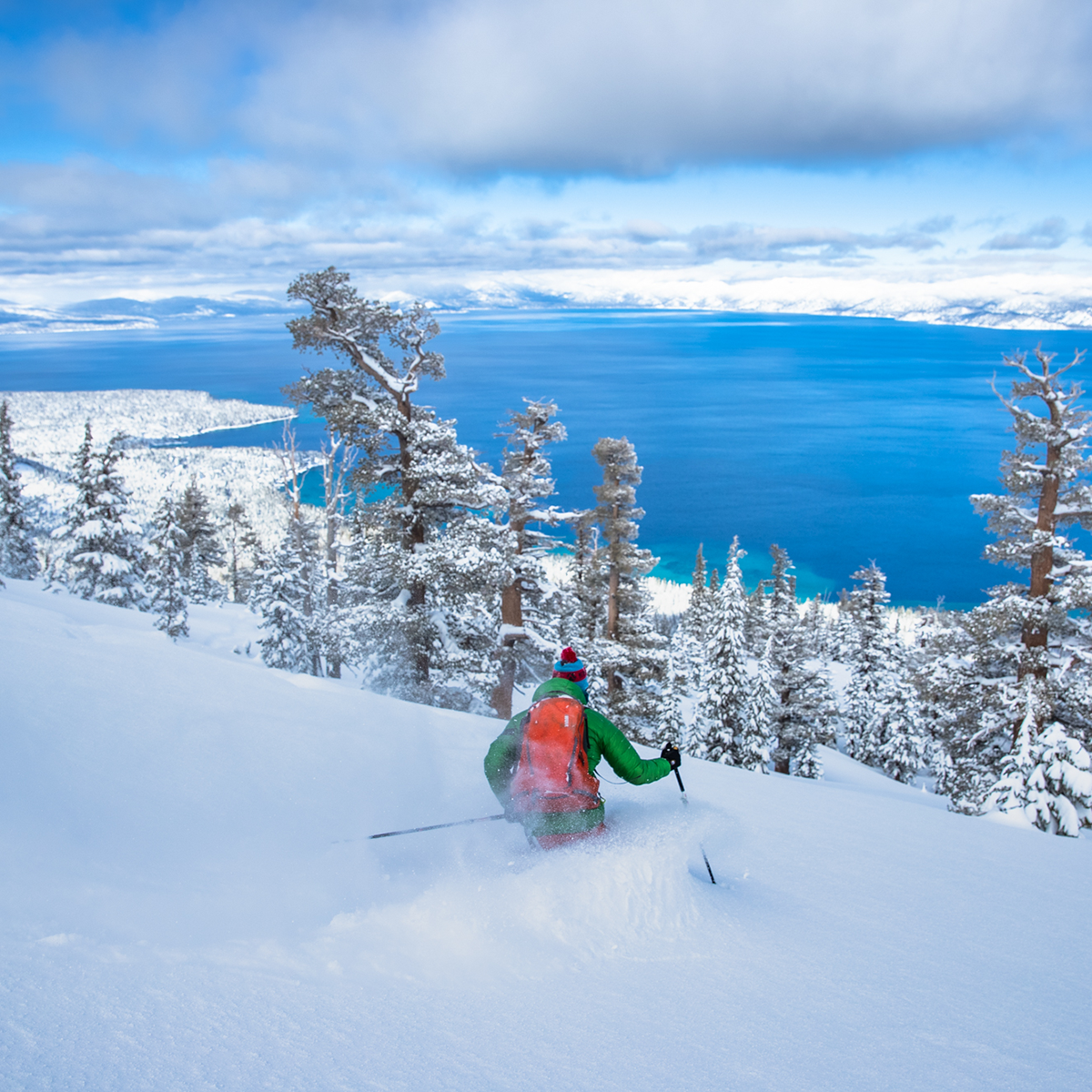
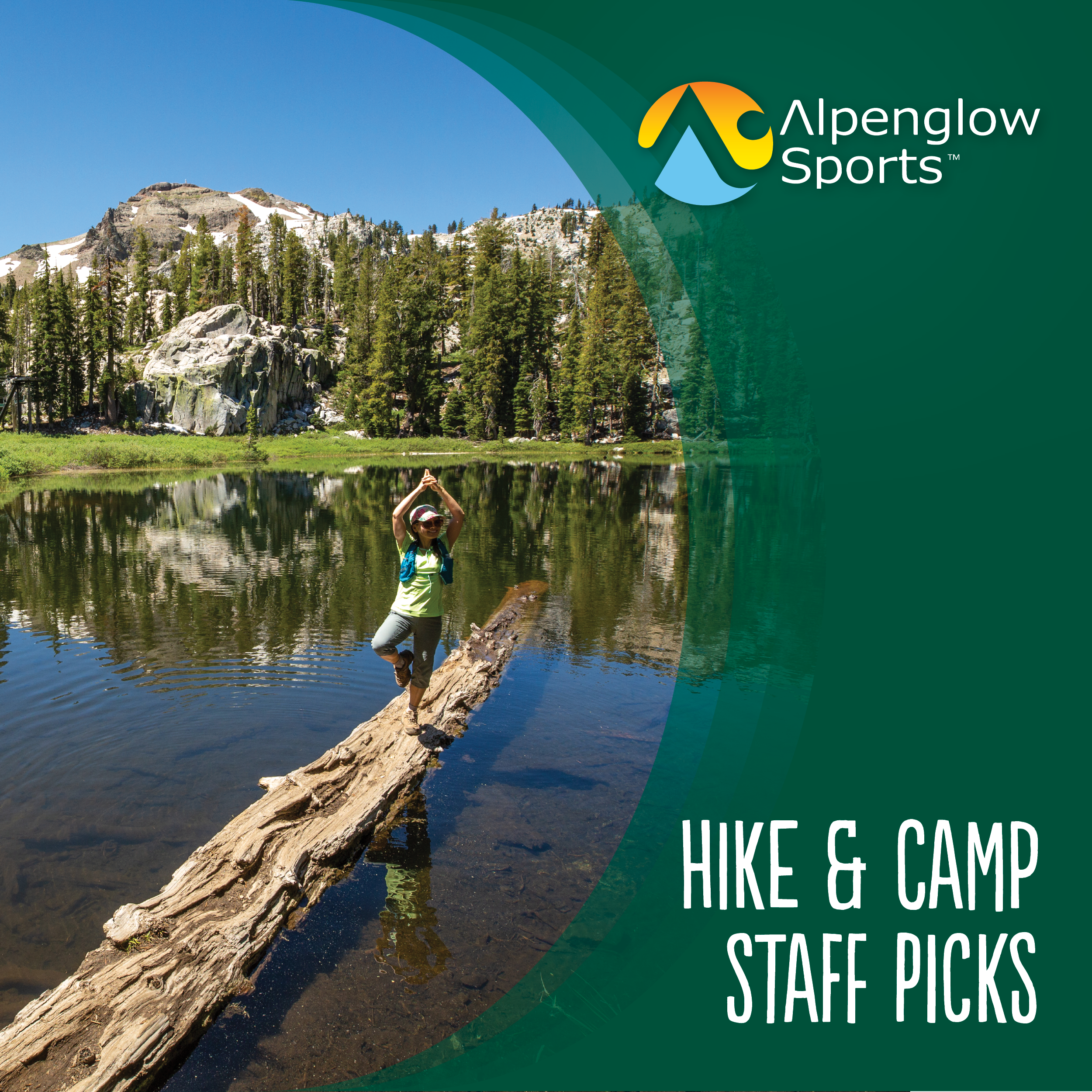
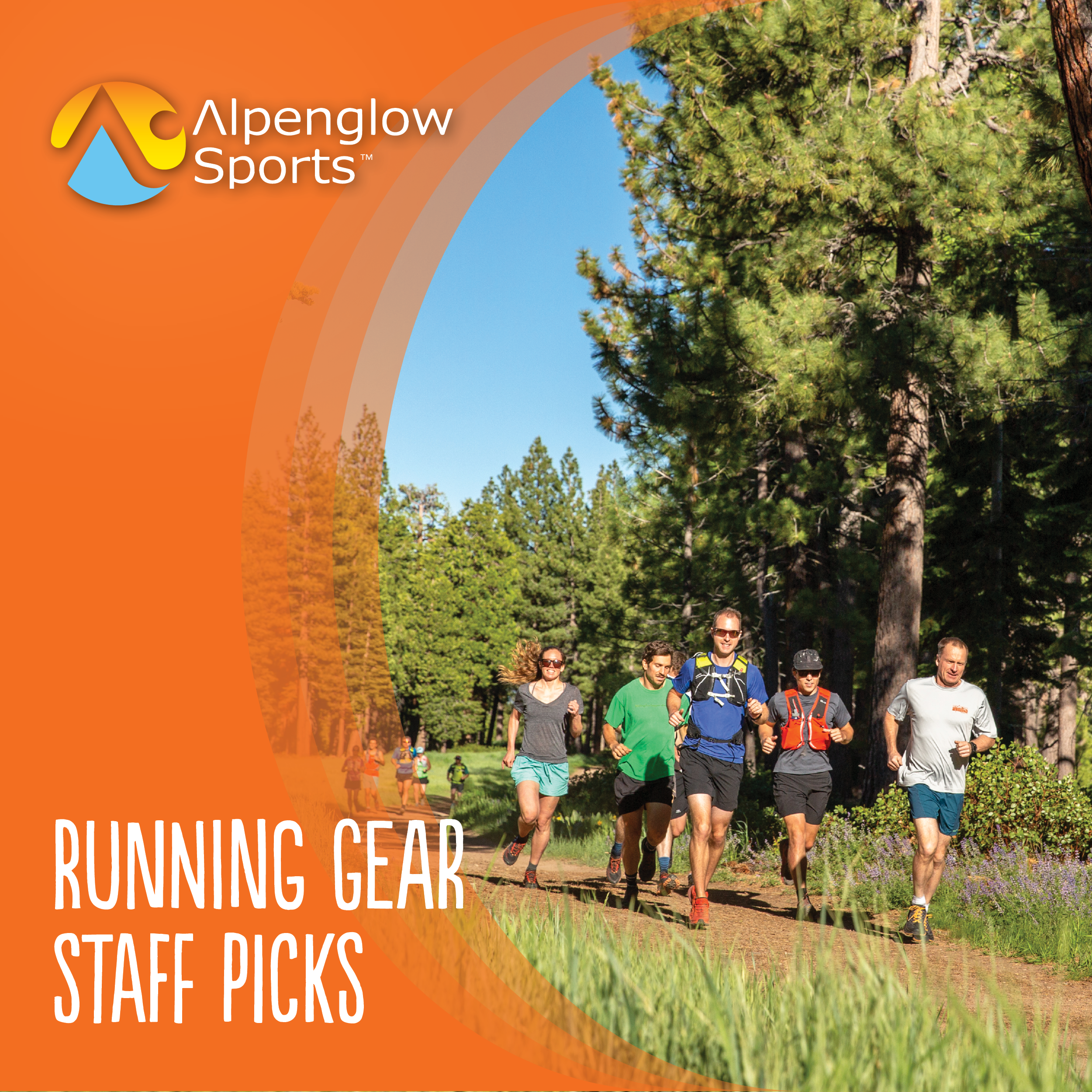
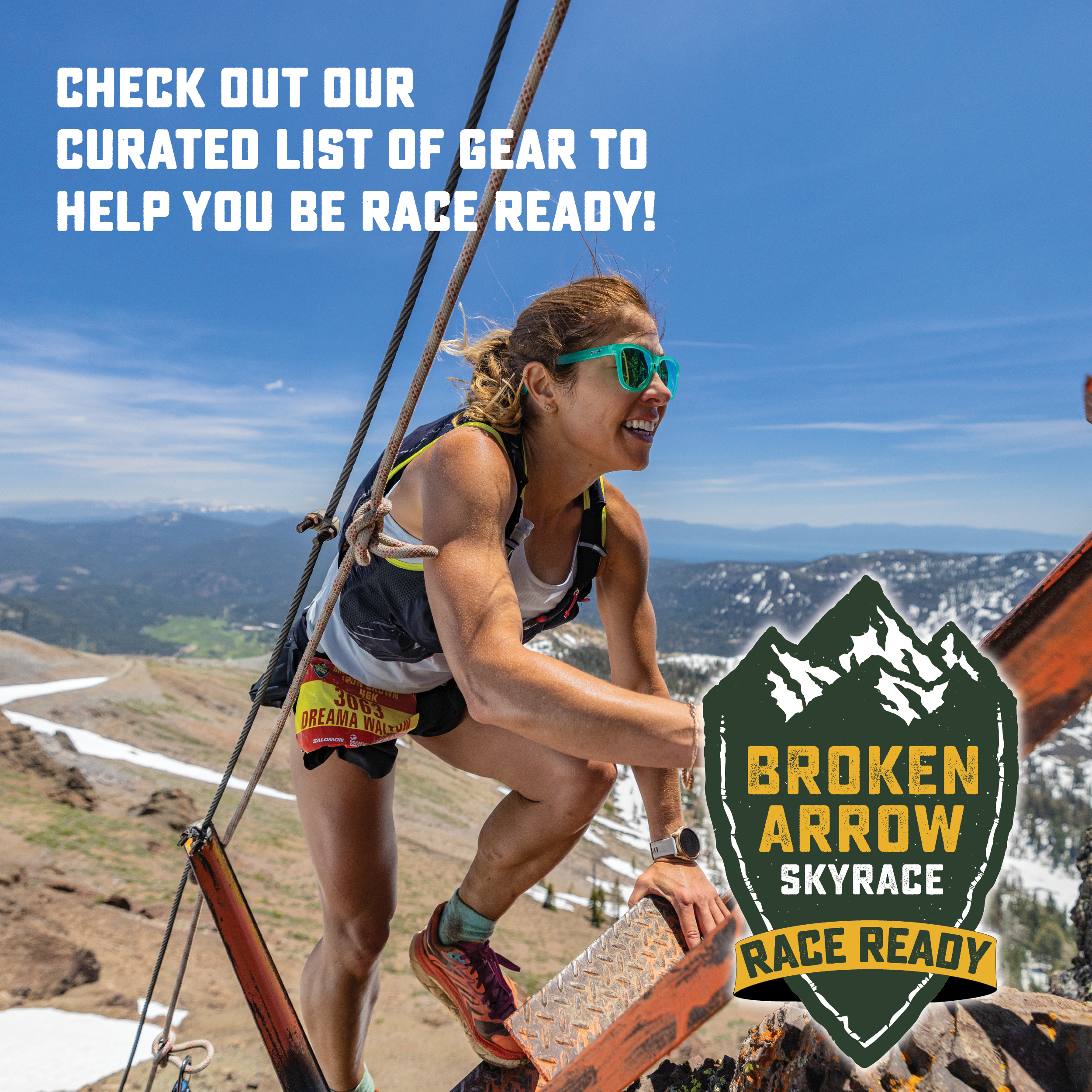
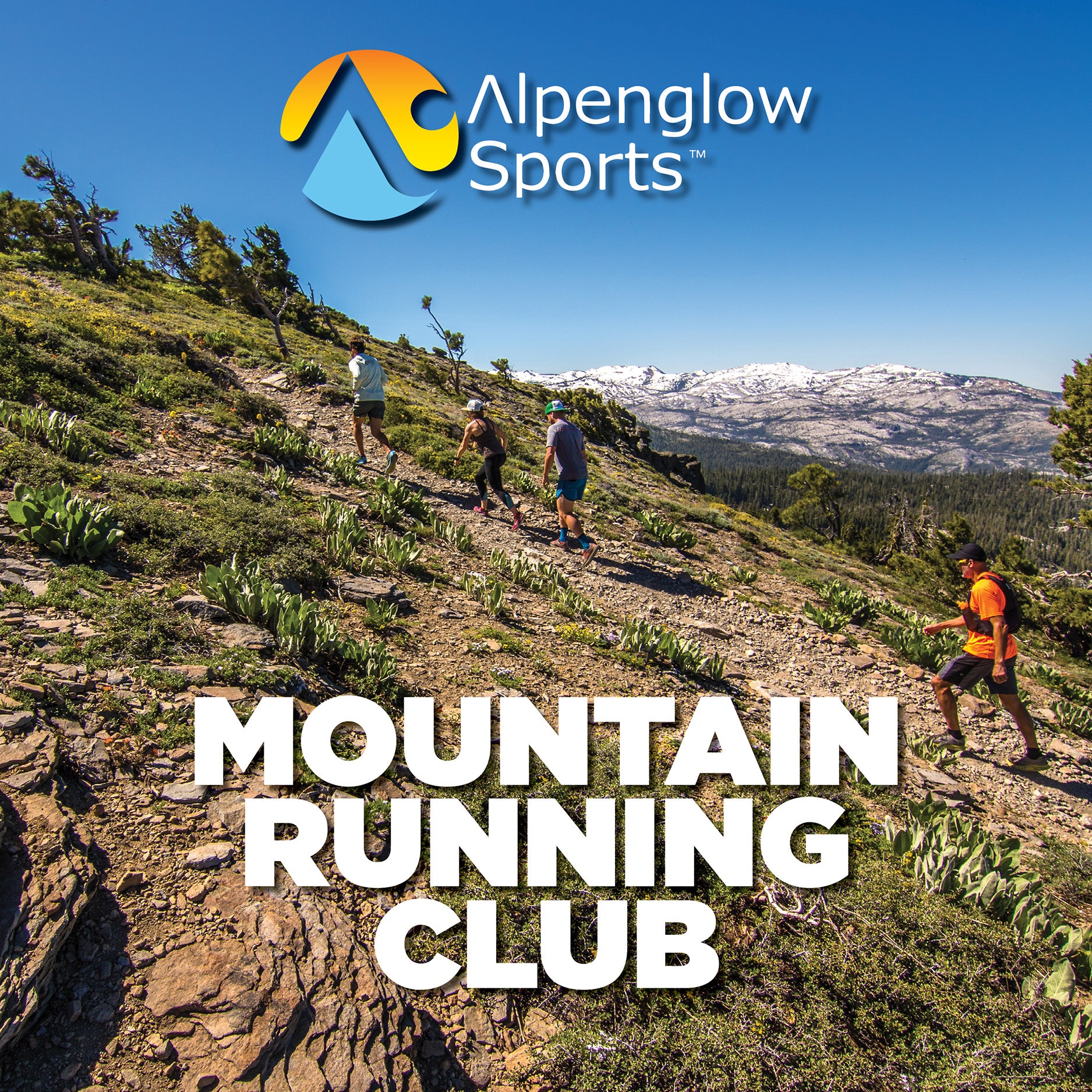
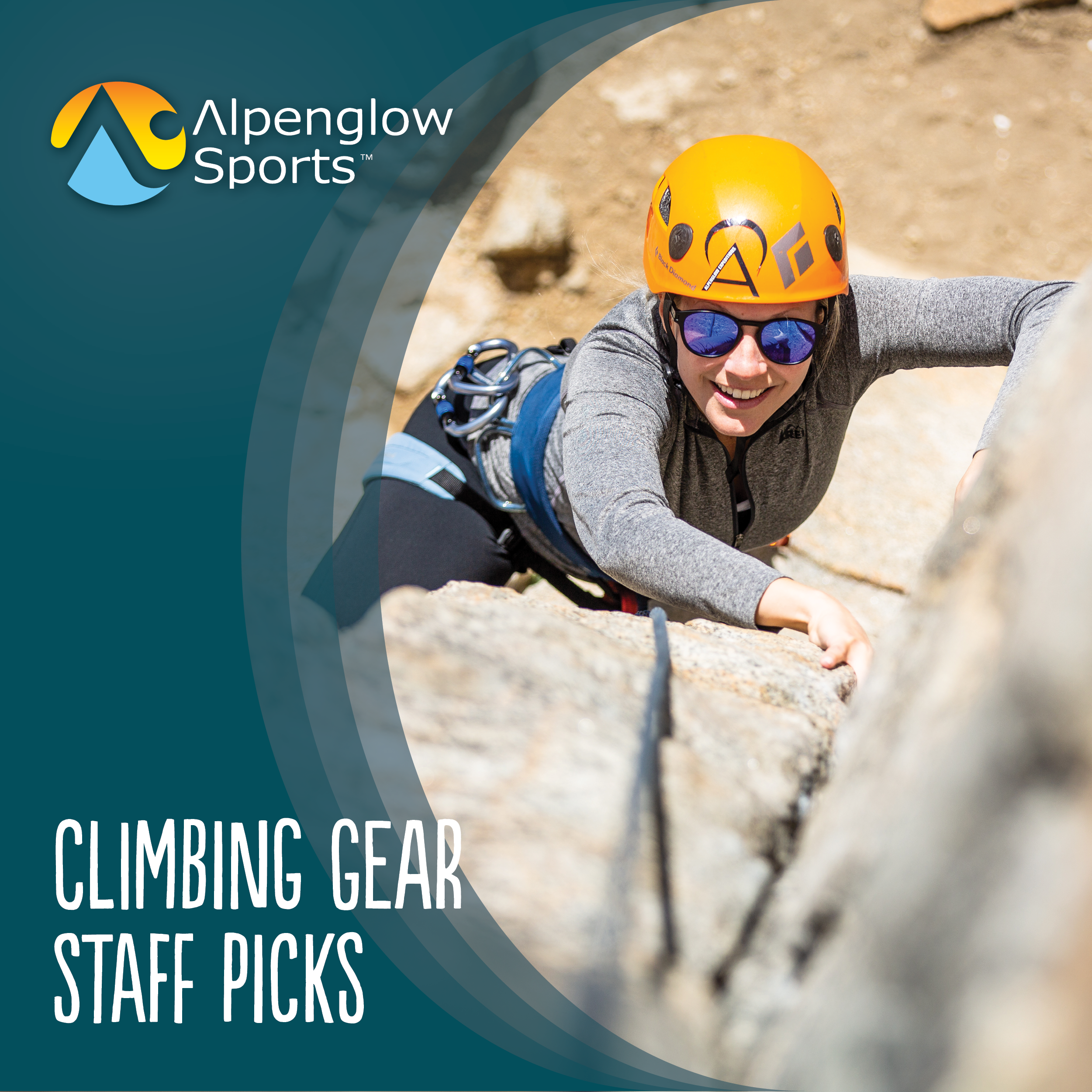
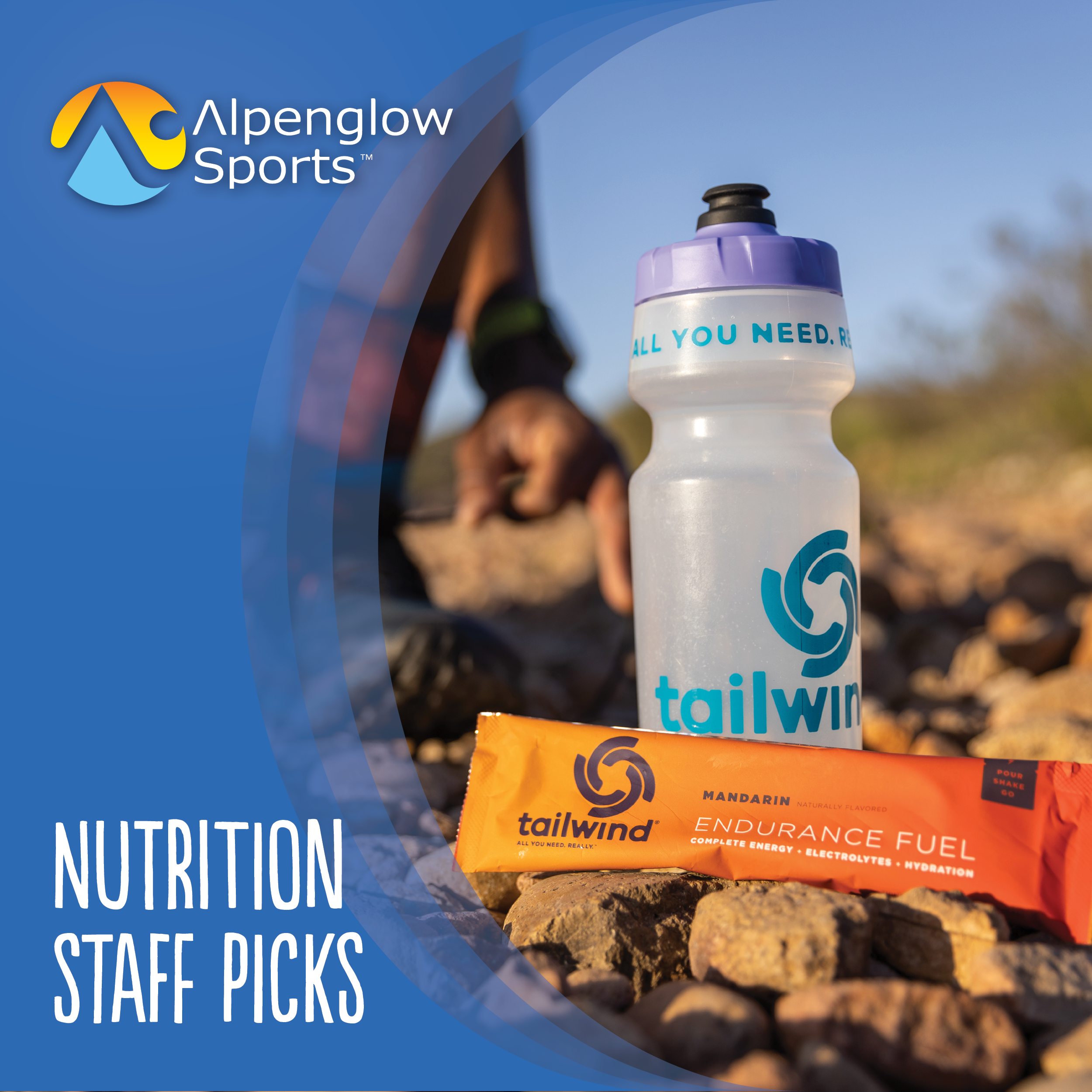
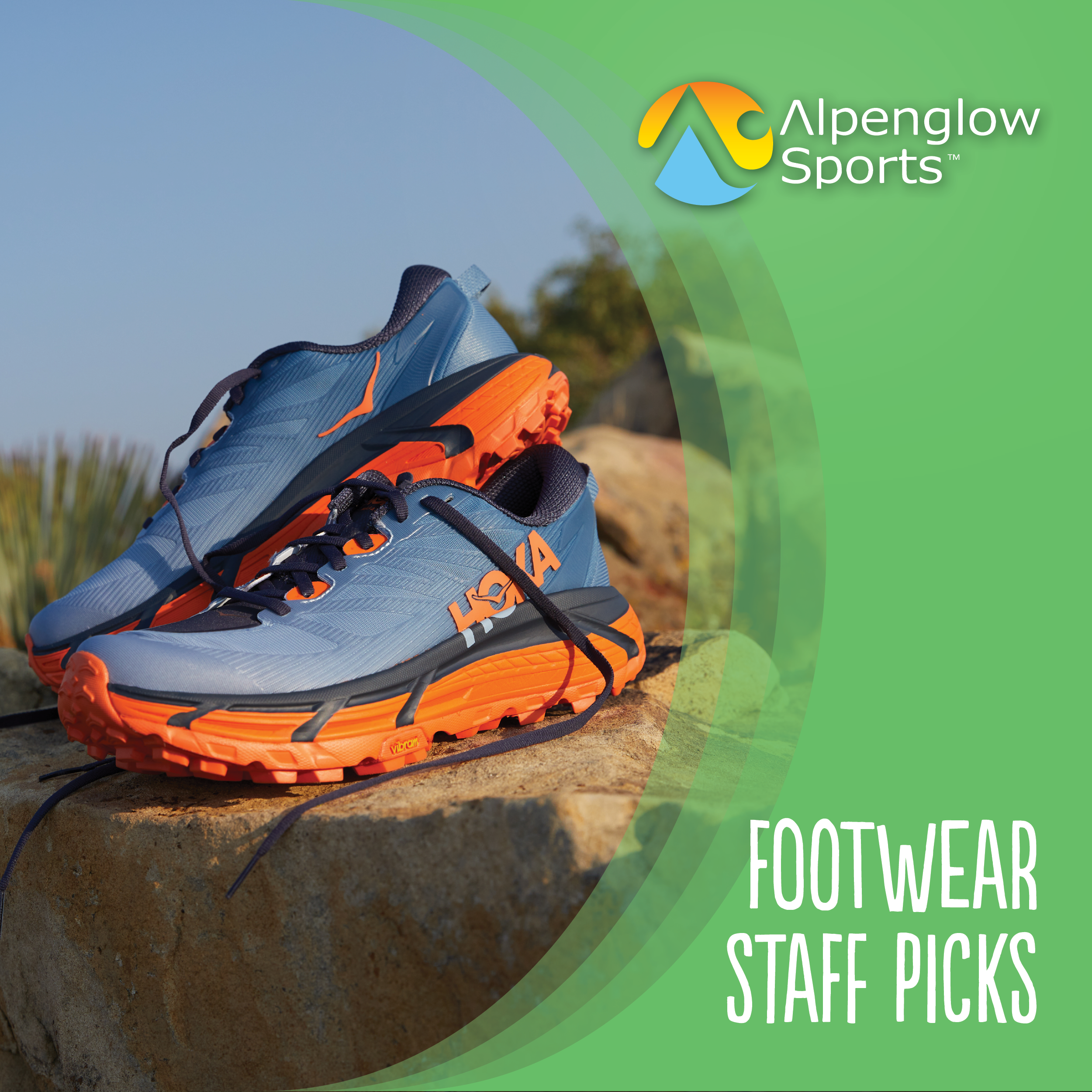


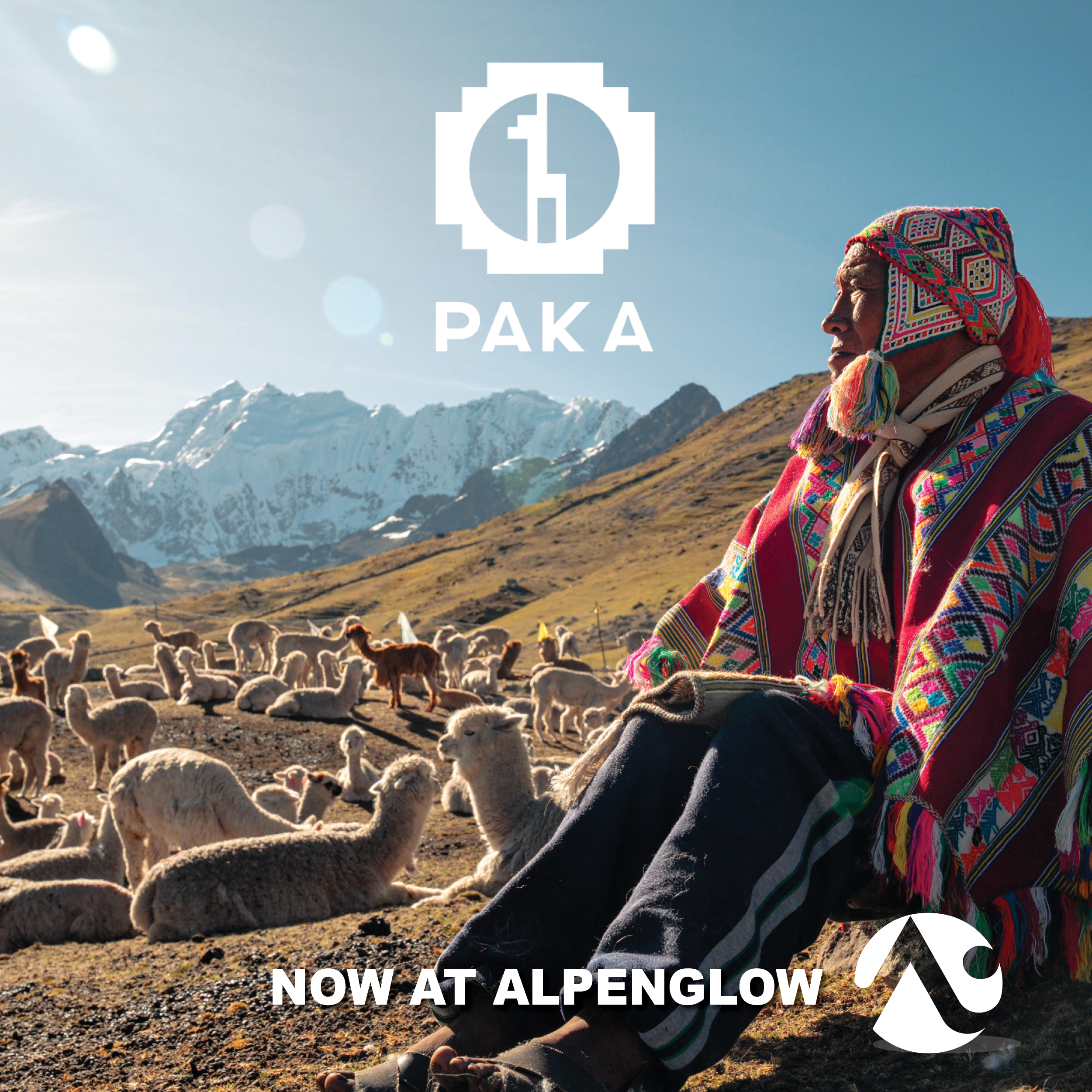
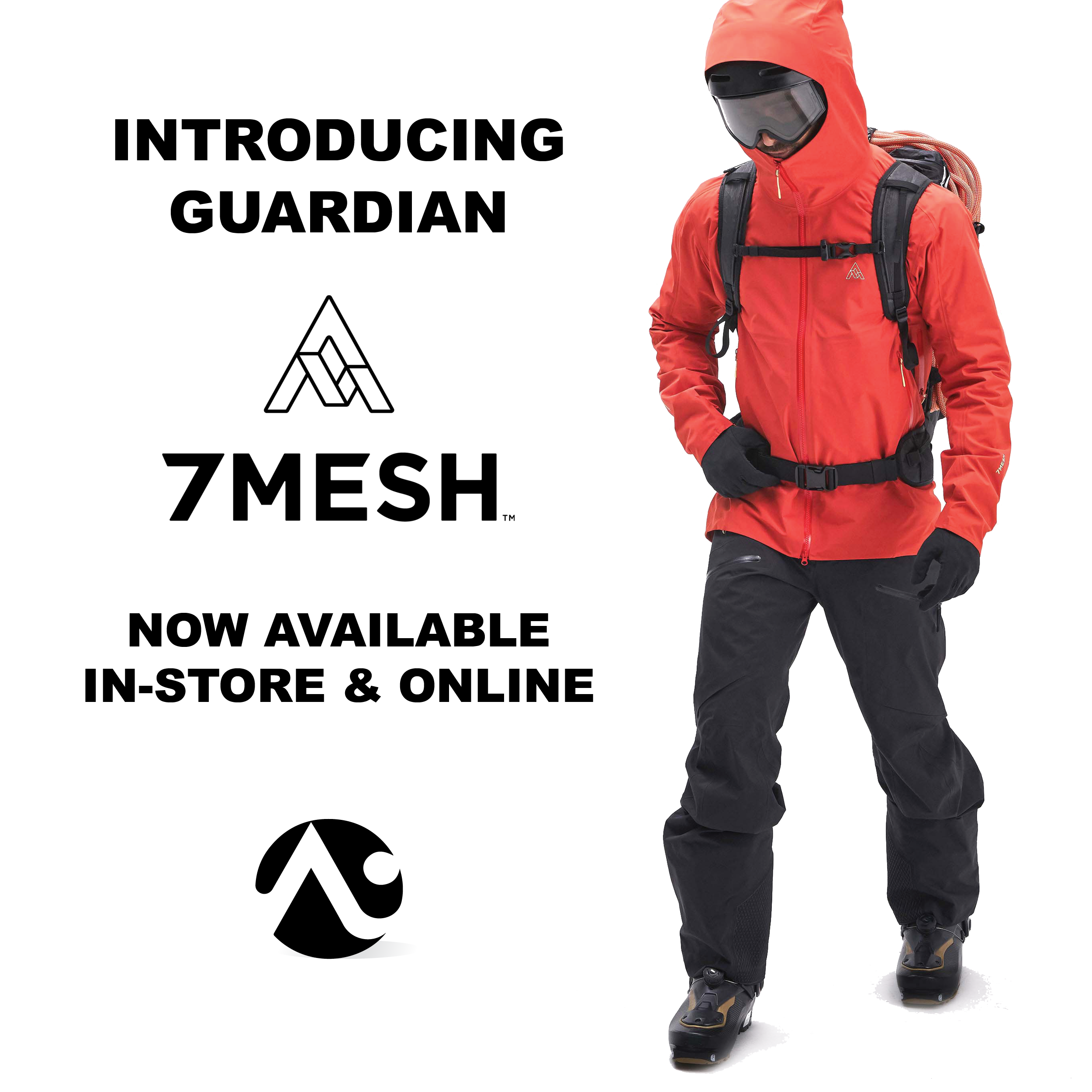
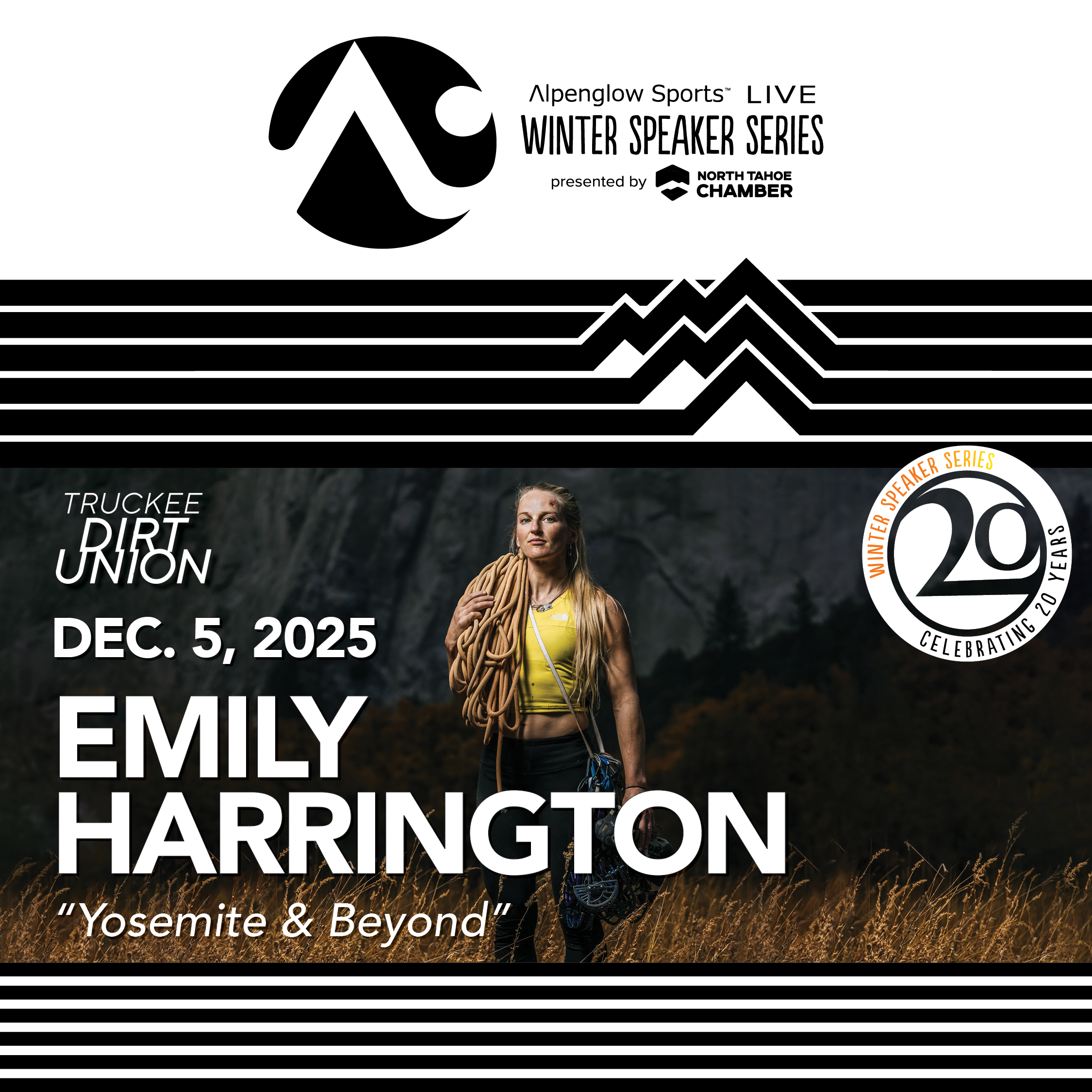
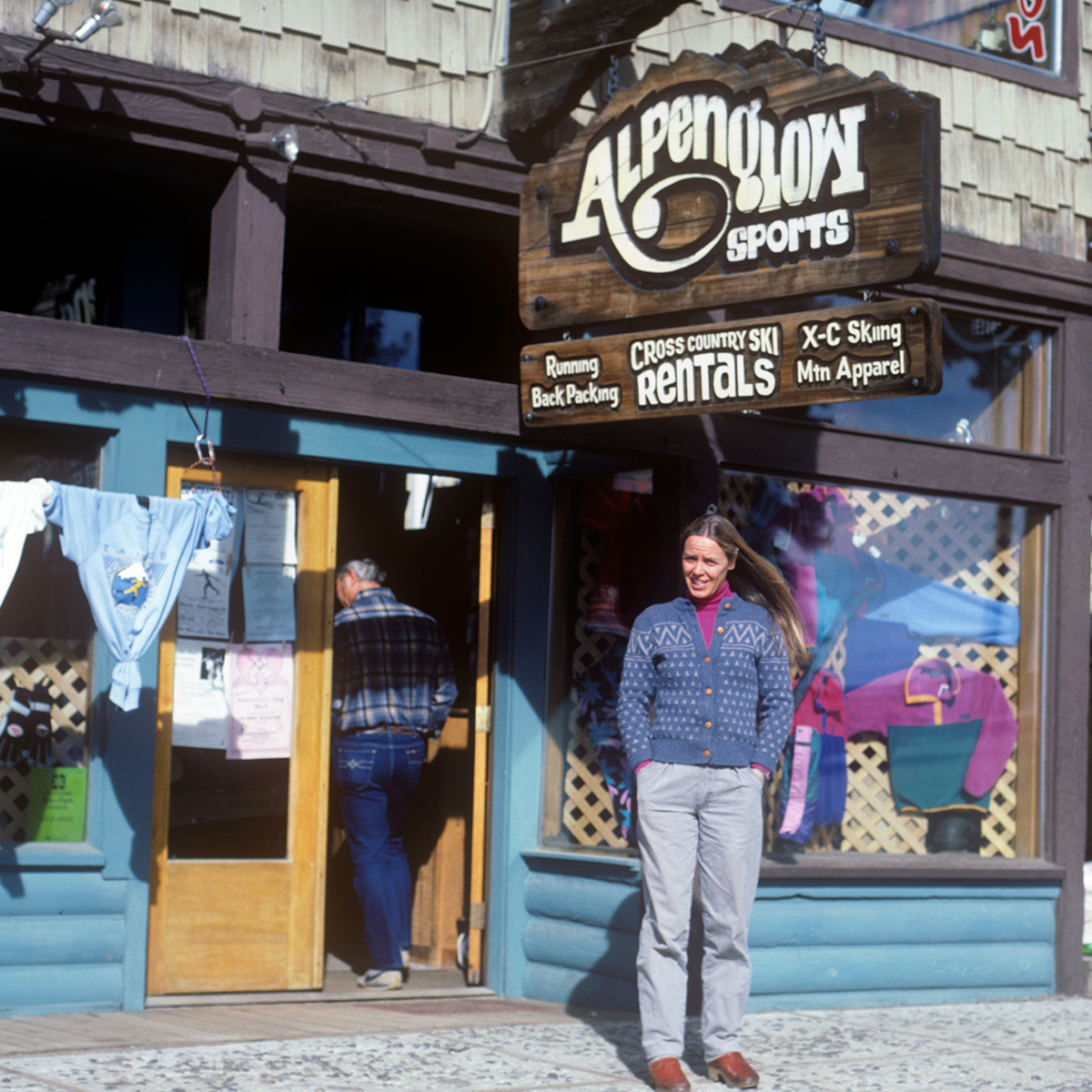
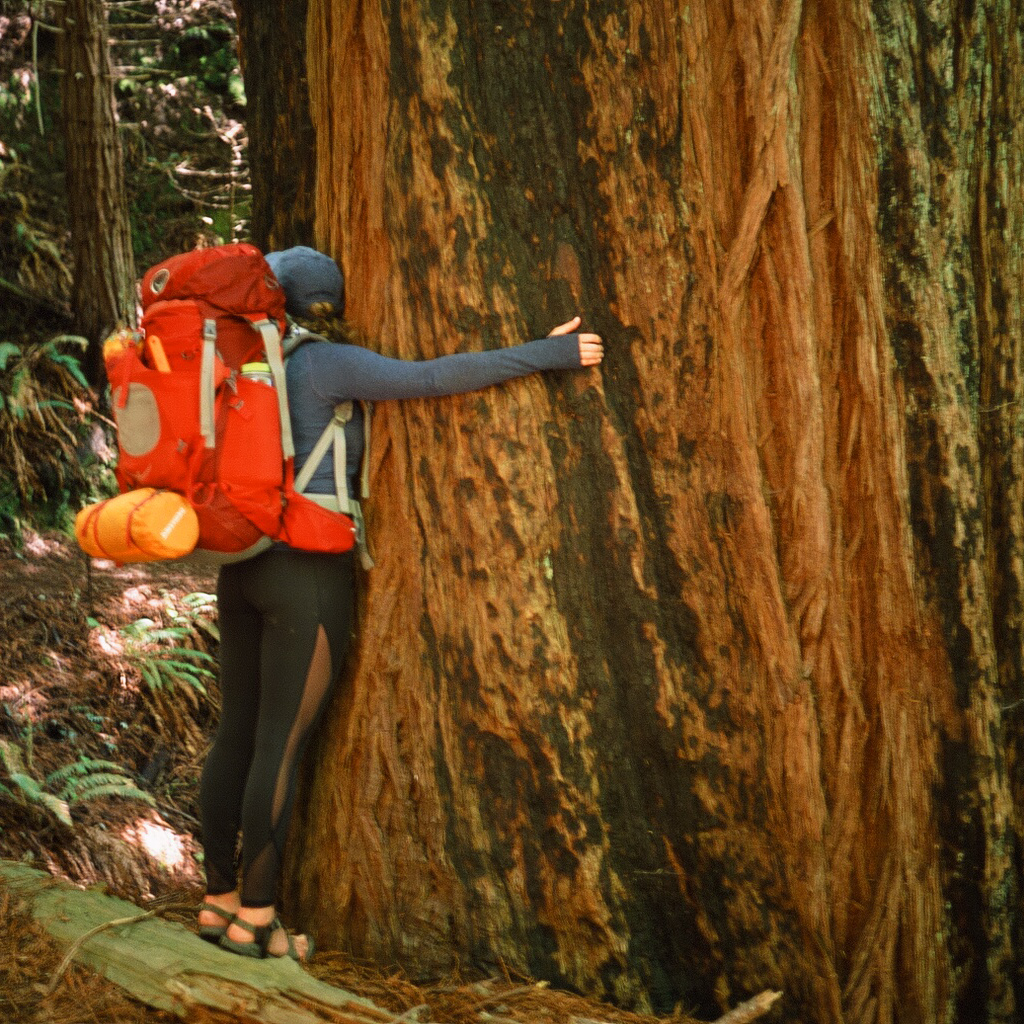


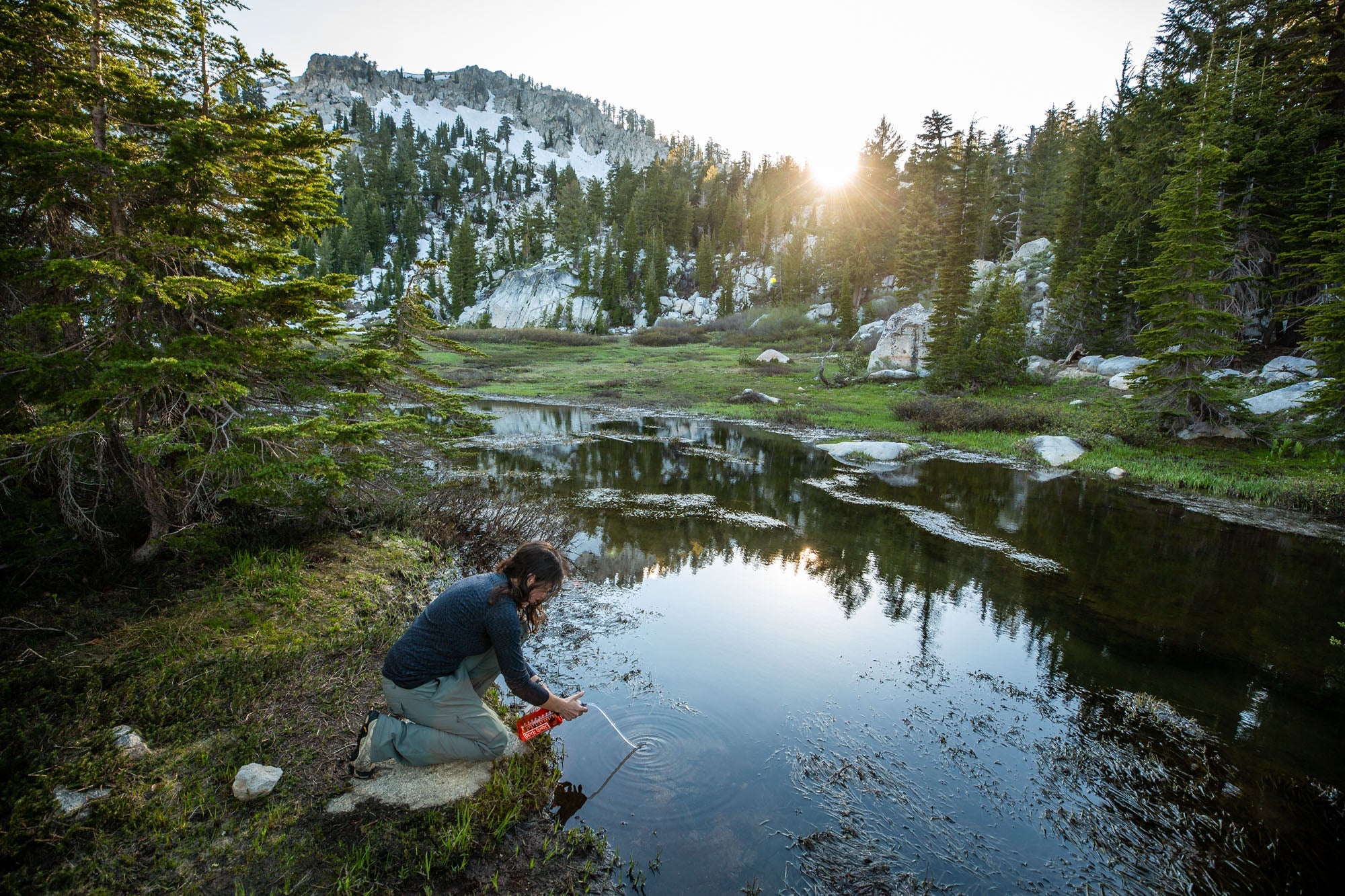
Leave a comment
This site is protected by hCaptcha and the hCaptcha Privacy Policy and Terms of Service apply.